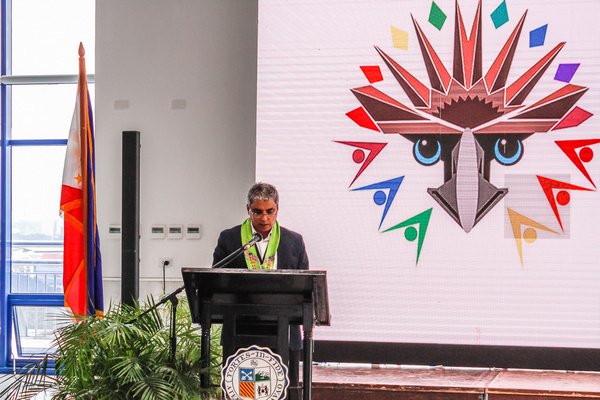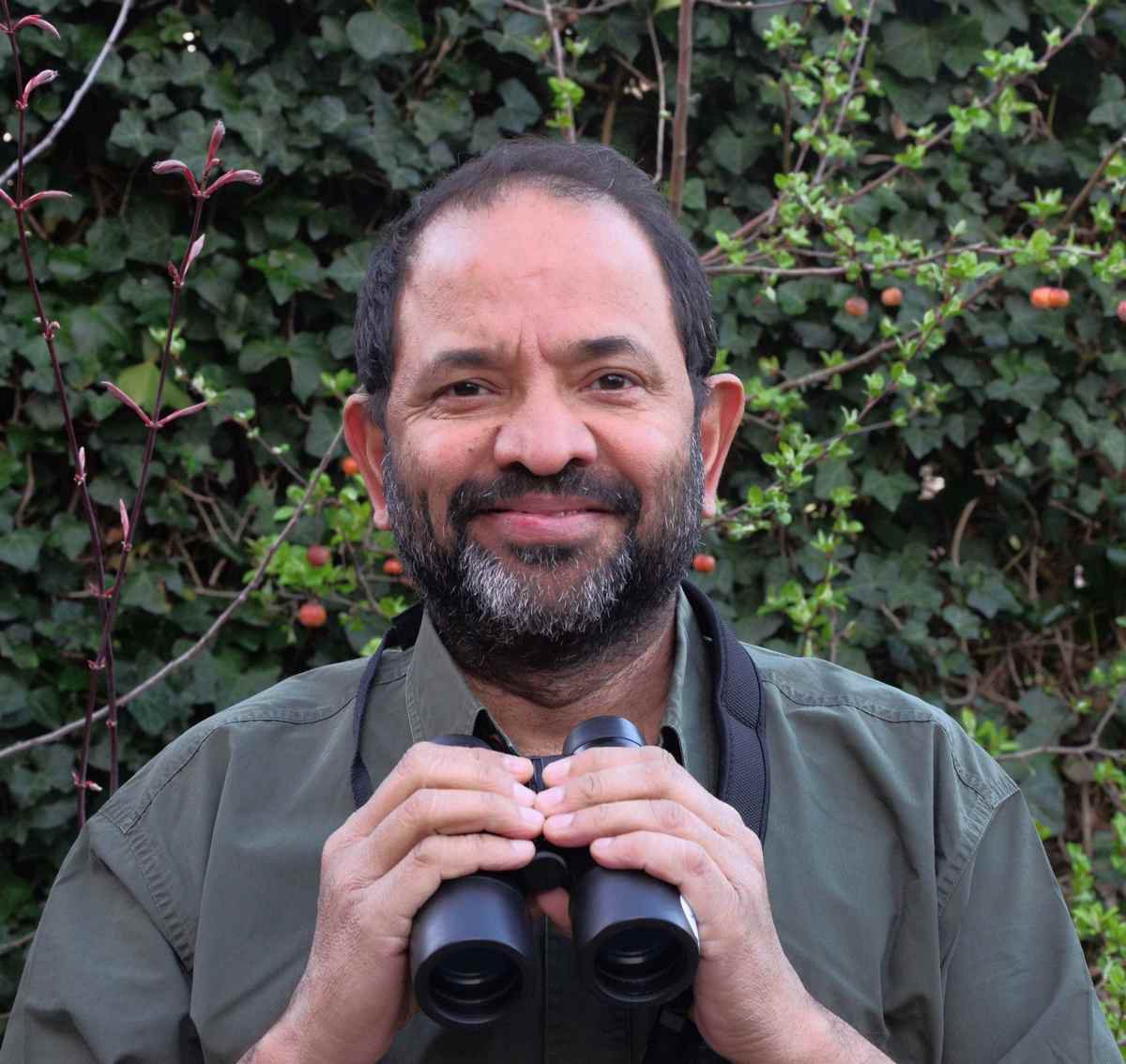Welcome New Patrons; Dr Munir Z. Virani and Dr Taej Mundkur
March 20, 2000
Himalayan Nature welcomes Dr Munir Z. Virani and Dr Taej Mundkur as our new Patrons.

Dr Virani has over twenty-five years of experience in conservation project design, execution, management and dissemination. He has conducted extensive research on birds of prey in Kenya specifically focusing on threatened and endangered species. His research interests lie in finding effective and pragmatic solutions for conservation problems and developing holistic conservation plans. In 2000, he was sent to South Asia by The Peregrine Fund to evaluate the magnitude of catastrophic population declines of three species of critically endangered Gyps Vultures. Where he set up teams of field and diagnostic research in Nepal, India and Pakistan that eventually led to the discovery of diclofenac, the veterinary pharmaceutical drug that was the primary cause of vulture population declines in the region. Dr Virani has more than 15 years of experience working in the Masai Mara and Kenya’s southern Rift Valley landscape on birds of prey, with government, local communities and other conservation partners. In 2002, he was awarded the Aga Khan Foundation award for excellence in the field of Science and Technology by His Highness Prince Amyn Mohamed Aga Khan. He has published over 150 scientific and popular articles including a paper in the esteemed journal Nature. Dr Virani supervised over 25 students for graduate degrees. Dr Virani is also an excellent photographer, in 2007, he was awarded a prestigious prize for the Wildlife Photographer of the Year in a competition organized by Twende Travel Magazine. He is an accomplished speaker having been invited as a Keynote speaker at a number of International Conferences. He has also spoken on the TED.com platform: http://www.ted.com/talks/munir_virani_why_i_love_vultures.html that has generated nearly one million views. Dr Virani is an avid storyteller recently worked on a Maasai conservation film called Empty Skies and a book about raptors worldwide. In 2017, he directed a film on African Fish Eagles of Lake Naivasha that won the semifinalist position at the Green Earth Film Festival in 2017. In April 2018, he was awarded the Whitley Award for Conservation by Her Royal Highness Princess Ann for my work on Vulture Conservation in Kenya’s Masai Mara National Reserve. This award is considered the Green Oscars for Conservation. He is also an avid athlete having represented Kenya in cricket. Currently, Dr Virani works at The Peregrine Fund as a Vice President and Global Director for Conservation Strategy and External Affairs.
Taej Mundkur has a doctorate in waterbird ecology from Saurashtra University, Rajkot in west India, focused on the breeding and feeding ecology of waterbirds of the Gulf of Kachchh and Saurashtra. He holds a master’s degree in microbiology. He has started his career with Wetlands International in Malaysia (then Asian Wetland Bureau) in 1990 where he was responsible for regional coordination of the Asian Waterbird Census and a range of flyway projects.

From 2009, he serves as Senior Technical Officer, with Wetlands International, based in the Netherlands, where he is responsible for the development of a flyway conservation programme in Africa-Eurasia, the Americas and the Asia-Pacific, in partnership with conventions, governments, NGOs and others, including the corporate sector. He coordinates the global International Waterbird Census and the global Waterbird Population Estimates production. He led the development of the Migratory Birds for People Programme, an international network of wetland visitor centres located in urban and rural wetlands along the East Atlantic Flyway.
Dr Taej brings over thirty years of international experience on, programme and project development, management, technical implementation and review, promotion of wetland and waterbird conservation at global, flyway and national levels, network building (cross-cultural and multi-sectoral networks), ecotourism planning, environmental education and awareness-raising, advocacy skills (supporting policy development with multilateral environmental agreements and frameworks and their implementation; including Ramsar Convention on Wetlands, UNEP Convention on Migratory Species, Convention on Biological Diversity, East Asian-Australasian Flyway Partnership and African-Eurasian Waterbird Agreement and Western Hemisphere Shorebird Reserve Network). He has sound technical expertise in promoting research on bird ecology and conservation, coastal and freshwater wetland ecology, action planning and management, capacity building for wetland and waterbird assessment, monitoring and management, disease ecology, surveillance and management, particularly avian influenza in wild and domestic birds
He has served as a Conference appointed Councillor for Asiatic Fauna of the UNEP Convention on Migratory Species. He serves as the Chair of the global Convention on Migratory Species (CMS) Flyways Working Group that is responsible for developing policy options and priorities for conservation for migratory birds globally and regionally. In the early 1990s, he spearheaded the development of the Asia-Pacific Migratory Waterbird Conservation Strategy – the largest international cooperation framework for migratory waterbirds and their habitats in the region between 1996 and 2006, through three site networks of international importance for shorebirds, cranes and Anatidae in East Asia-Australasia. He has advised the development of the East Asian - Australasian Flyway Partnership launched in 2006 that involves governments, CMS, Ramsar Convention on Wetlands, NGOs, technical experts and others.
While based in India between 2004-2007, he has led the development of a CMS Action Plan for migratory waterbirds and wetlands in the Central Asian Flyway. This Plan was launched in 2006 after a successful international meeting hosted by the Ministry of Environment and Forests in New Delhi.
Although his work is largely focussed on waterbirds and wetlands, he is keenly interested in all awareness-raising, research and conservation issues related to all wildlife and environment in general. He has published a variety of research and conservation-focussed papers and articles on a variety of subjects; more detail on his research activity is here.
We hope Himalayan Nature will be highly benefitted from their support.